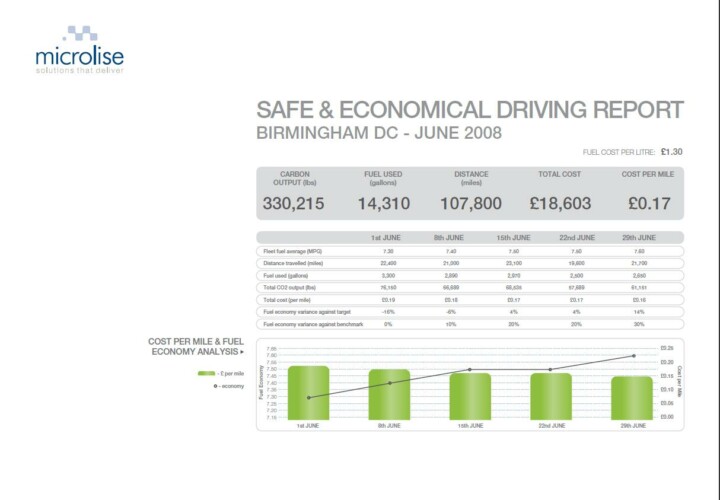Microlise selected as Telematics Awards 2010 Finalist for Ford Crew Chief™ offering
Every year the Telematics Awards recognises and celebrates the key companies that are driving the industry forward and pushing the boundaries in GPS technology. Microlise have been selected as a finalist for the Industry Newcomer Award for their Crew Chief offering (part of the Ford Work Solutions products). Organised by Telematics Update, the finalists for…
Read blog









